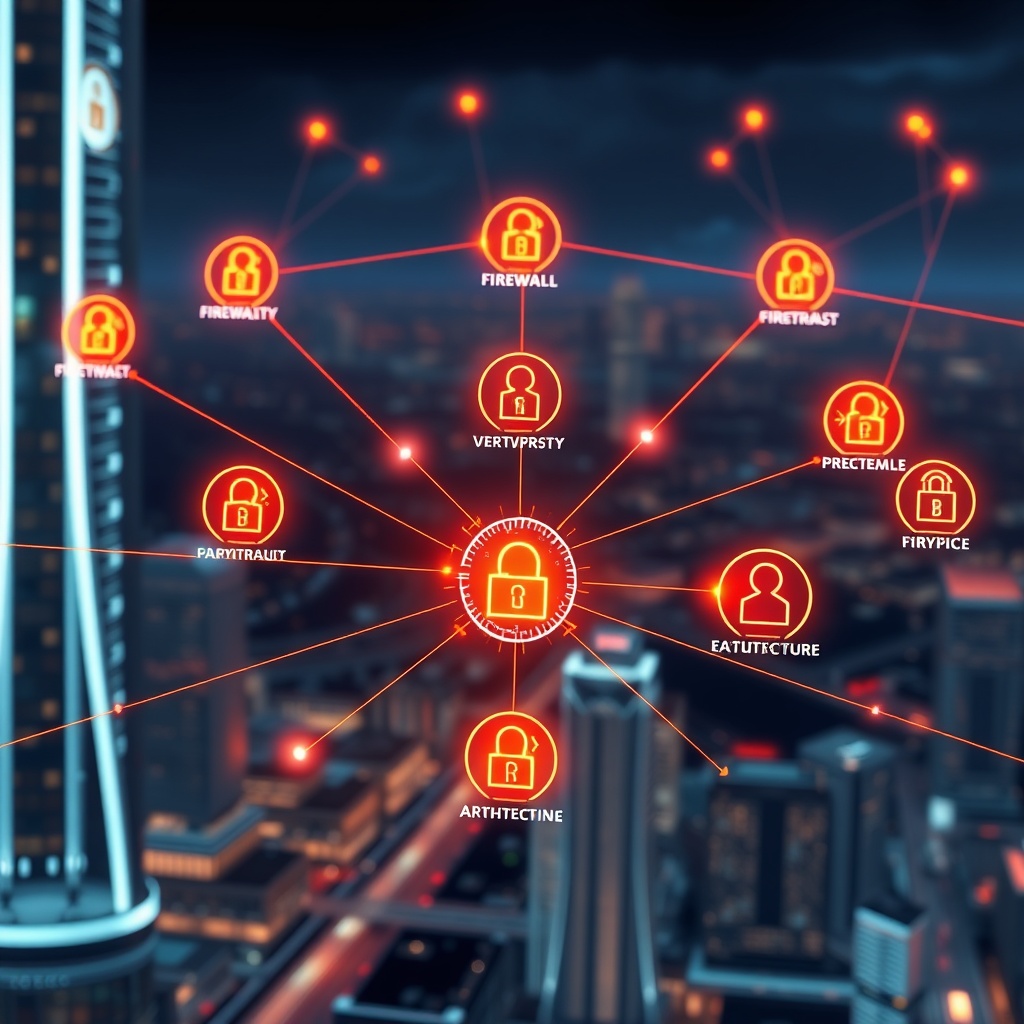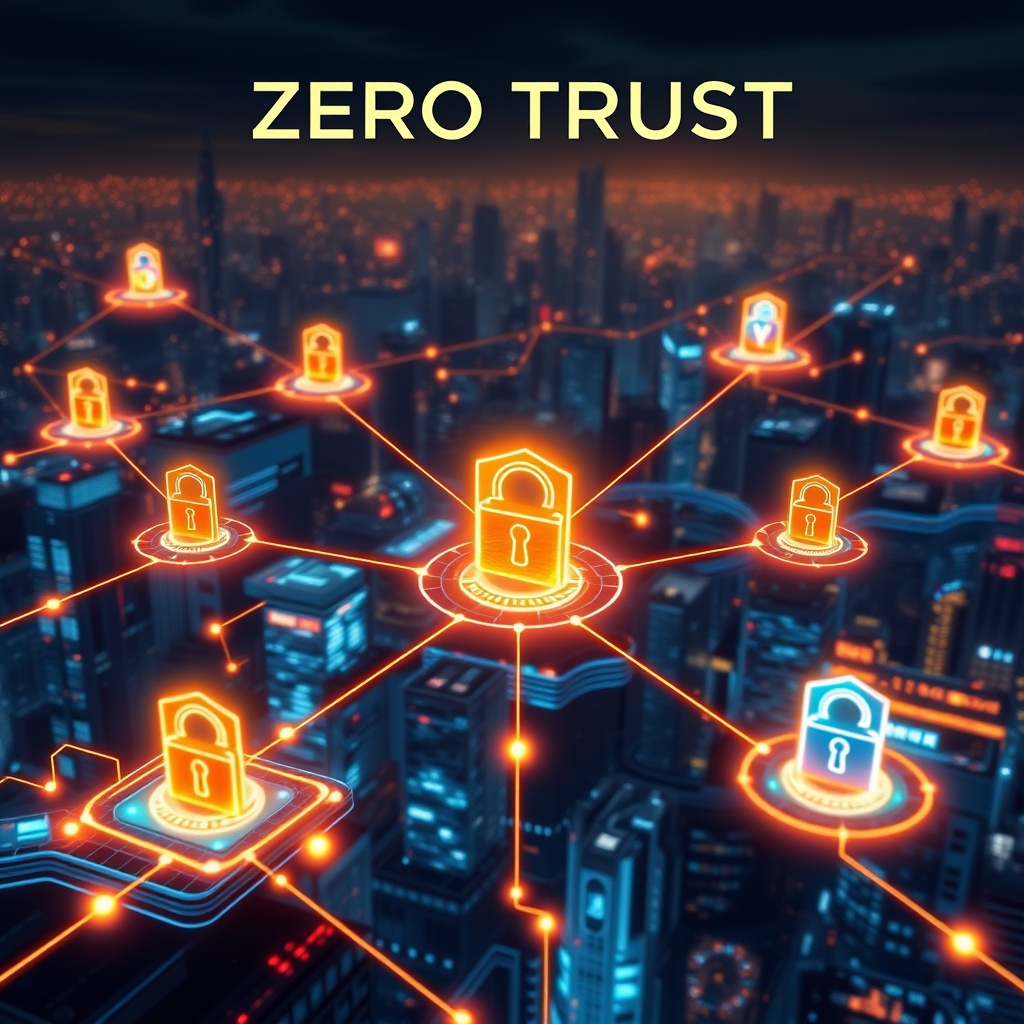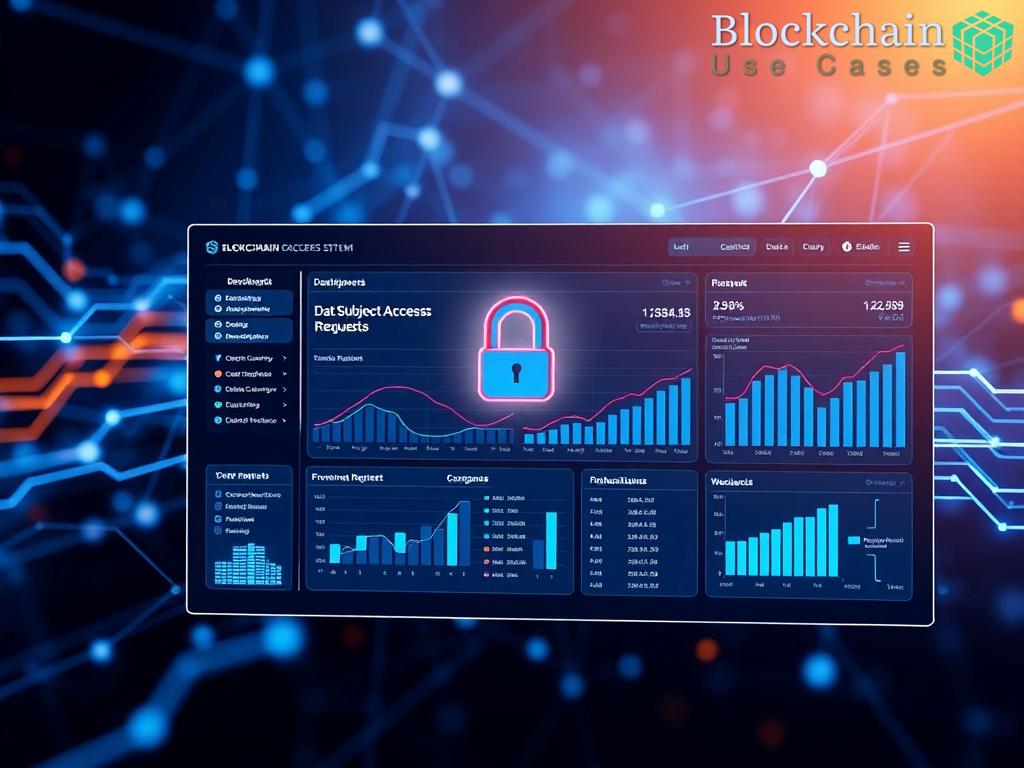As the digital landscape evolves, so does the need for robust security frameworks. Zero Trust Architecture (ZTA) has emerged as a game-changer in cybersecurity, advocating for the principle that no user or device should be trusted by default. However, implementing ZTA is not without its challenges. Enter decentralized systems—an innovative approach that can streamline the management of Zero Trust principles, enhancing security and resilience.
Understanding the Zero Trust Paradigm

Before delving into decentralized systems, it’s essential to grasp the essence of Zero Trust. Unlike traditional security models that rely on perimeter defenses, ZTA is built on the premise of continuous verification. This shift necessitates a more versatile approach to security management, where identity verification, device integrity, and user behavior analytics are paramount. By adopting this mindset, organizations can fortify their defenses against an ever-evolving threat landscape.
Decentralized Solutions: The Future of Security Management

Decentralized systems, underpinned by blockchain technology and distributed ledger technology (DLT), offer a novel framework for managing Zero Trust Architecture. By distributing data across a network rather than storing it in a single location, organizations can enhance data integrity and availability. This approach not only minimizes the risks associated with centralized points of failure but also aligns seamlessly with the core tenets of Zero Trust, where every access request is scrutinized.
Implementing decentralized systems for ZTA management involves several key benefits:
- Enhanced Security: Decentralization reduces the risk of data breaches by distributing access controls and ensuring that no single entity has undue power over the data.
- Resilience Against Attacks: By eliminating central points of failure, decentralized systems can withstand attacks more effectively, ensuring continuous operations.
- Improved Transparency: With blockchain technology, every access request and transaction can be logged immutably, providing an auditable trail of activities.
- Empowered Users: Decentralized identity management allows users to control their own data, promoting privacy and security.
Steps to Implement Decentralized Systems in ZTA
Transitioning to a decentralized system for managing Zero Trust Architecture is a multifaceted endeavor. Here’s a roadmap to guide organizations through this transformative process:
- Assessment: Evaluate current security frameworks and identify gaps that decentralized systems can address.
- Technology Selection: Choose appropriate decentralized technologies, such as blockchain platforms, that align with organizational needs.
- Integration: Seamlessly integrate decentralized solutions with existing security protocols and systems.
- Training: Educate employees on the principles of Zero Trust and the use of decentralized systems to foster a security-centric culture.
- Monitoring: Continuously monitor the effectiveness of the decentralized system and make adjustments as necessary to adapt to emerging threats.





